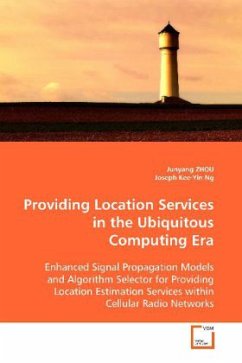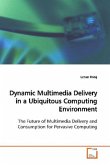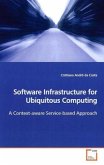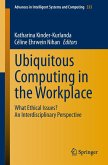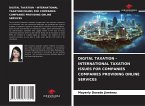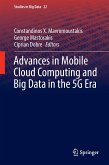Mobile location estimation has received considerable
attention over the past few years due to its great
potential in providing support to different kinds of
location-based services. As the cost of the mobile
computing devices decreases, many people own one or
more mobile computing devices for different usages.
These factors make ubiquitous computing possible and
bring it into a new era of computing. Generally,
user s location is one of the most important
information for ubiquitous computing. It enables
location-aware services and therefore makes
ubiquitous computing both practical and useful.
In this book, we design a geometric model and a
probabilistic model to provide locations for
different applications, and then we propose a
selector to combine the merits of the above two
models to enhance the performance. Our models and
algorithms are based on the common attribute of all
cellular radio networks---the Received Signal
Strength. So our proposed models and algorithms can
be applied to all kinds of cellular radio networks.
It is a book for academic research and industrial
reference.
attention over the past few years due to its great
potential in providing support to different kinds of
location-based services. As the cost of the mobile
computing devices decreases, many people own one or
more mobile computing devices for different usages.
These factors make ubiquitous computing possible and
bring it into a new era of computing. Generally,
user s location is one of the most important
information for ubiquitous computing. It enables
location-aware services and therefore makes
ubiquitous computing both practical and useful.
In this book, we design a geometric model and a
probabilistic model to provide locations for
different applications, and then we propose a
selector to combine the merits of the above two
models to enhance the performance. Our models and
algorithms are based on the common attribute of all
cellular radio networks---the Received Signal
Strength. So our proposed models and algorithms can
be applied to all kinds of cellular radio networks.
It is a book for academic research and industrial
reference.

